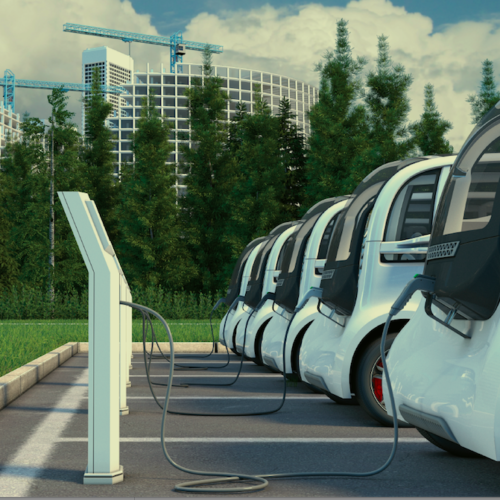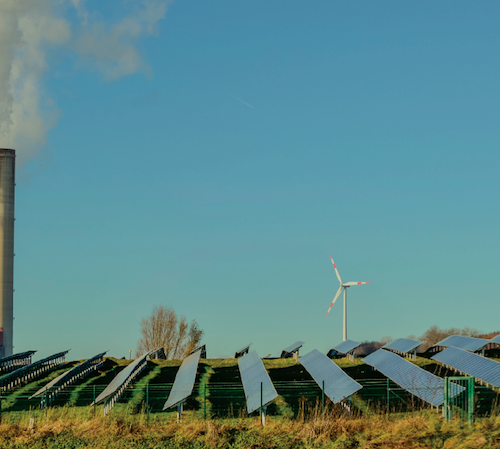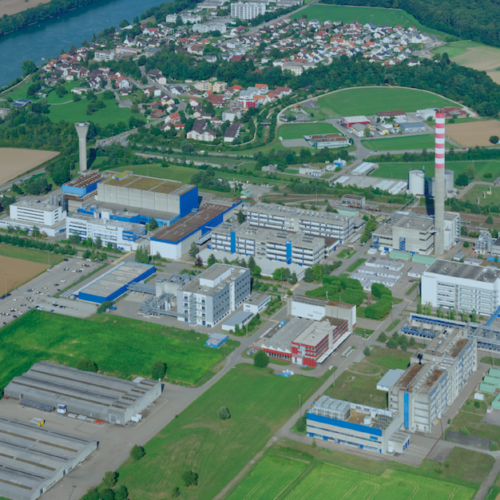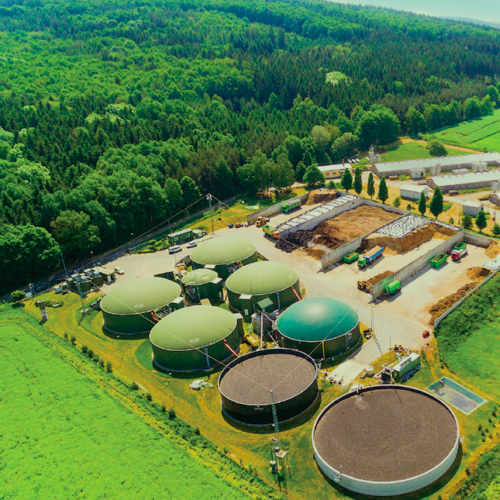More efficient buildings provide multiple benefits including lower emissions, greater comfort, improved health, and lower ongoing costs.

Book | 2018
The Carbon-Free Regions Handbook: Buildings
Buildings account for almost one-third of global emissions, so they’re a critical sector to address climate change.
Buildings are our environment—a majority of humans spend most of their time in buildings at home, at work, and during their leisure time. As a result, buildings are places that people can relate to, and they provide multiple benefits when improved, including greater comfort, positive health effects, and lower ongoing costs. Regional governments have an essential role in setting standards and goals to improve this sector.
Action I: Net-Zero Codes
Description
Establish a plan for regional building codes to either immediately require net-zero carbon or energy performance for new buildings, or to phase in a net-zero standard. Focus the policy on deep energy efficiency, including requirements for on-site solar where feasible and access to local renewable energy options.
Action Documents
- California’s ambitious net-zero codes in the Integrated Energy Policy and the revised 2019 Standards for Low-Rise Residential Buildings (pp. 296, 304–305)
- Lombardy Region, Italy Buildings Ordinance (in Italian)
Recommended Resources
- The Path for Net-Zero Buildings in BC: The Case for Action and the Role of Public Policy, 2015
- Online Compliance System for Energy Conservation Building Code (ECBC) for Hyderabad
- Rhode Island Residential Stretch Code, a phased-in step toward net-zero codes
- Washington State Energy Code: Progress Toward 2030
- EU Directive on the Energy Performance of Buildings
- California Public Utilities Commission website about net-zero energy requirements
Action 2: Existing Building Upgrades
Description
Require existing buildings to meet certain standards for energy efficiency in the form of building-equipment efficiency standards, targets for energy consumption metrics (like energy consumption per unit area), or other methods. These standards should set requirements that are specific to a given building use type.
Action Documents
- Lombardy Region, Italy, ordinance DGR X/3904 (adopted on 24 July 2015) (in Italian)
- Queensland MP 4.1 Sustainable Building Code
- California building energy efficiency standards for residential and nonresidential buildings (2016)
Recommended Resources
- Building Codes Assistance Project
- Information about California’s various requirements for new and existing buildings
- Policies for Better Buildings, Rocky Mountain Institute, August 2018

The best way to reduce emissions is to consume less energy—this is a challenge in existing buildings. Lombardy Region is at the forefront of promoting energy efficiency, starting from the renovation of public buildings all the way up to the whole building heritage.
‐Raffaele Cattaneo, Minister for Environment and Climate, Lombardy Region, Italy
Action 3: Robust Regional Efficiency
Description
Require electric and/or fossil fuel utilities and administrators involved in the energy supply chain to develop energy-savings programs for their customers. These energy efficiency resource standards (EERS) can be put into effect through legislation or regulation, and should be coordinated with a renewable portfolio standard (RPS) (See recommendation on Renewable Portfolio Standard).
Action Documents
- State of Minnesota Executive Order 11-12, Providing for Job Creation through Energy Efficiency and Renewable Energy Programs for Minnesota’s Public Buildings
- Flanders’s decree establishing general provisions on regional energy policy
- New South Wales Energy Saving Scheme Rule of 2009
Recommended Resources
- Database for State Incentives for Renewables & Efficiency (USA)
- American Council for an Energy Efficient Economy (ACEEE) State and Local Policy Database
- Minnesota B3 Sustainable Building 2030 Energy Standards
- New South Wales Energy Saving Scheme
GET THE ACTION DOCS
BROWSE THE 30 RECOMMENDATIONS BY SECTOR AND FIND ASSOCIATED RESOURCES TO TAKE ACTION TODAY
Regional governments can enable cities to invest in better mobility options, lowering emissions while increasing mobility choices and improving health.
Ensuring that our electricity comes from renewable or zero emission sources is critical to a cleaner and more resilient future.
Regional governments provide the right scale to support industry—the foundation of many regional economies—in transitioning to low-carbon solutions.
Sustainable and regenerative agriculture, forestry, and other land use can help offset some of the large emission impacts that this sector produces.
Managing waste in a sustainable manner can reduce greenhouse gas emissions while also creating economic opportunities.
Regional governments can organize and deliver financial solutions to enable all the recommendations covered in the Handbook.

Engage with Us
Take action today and set your community on an ambitious course to carbon-neutrality bringing economic vitality, cleaner air, and better health and resilience.
 Developed in partnership with the Under2 Coalition
Developed in partnership with the Under2 Coalition 







